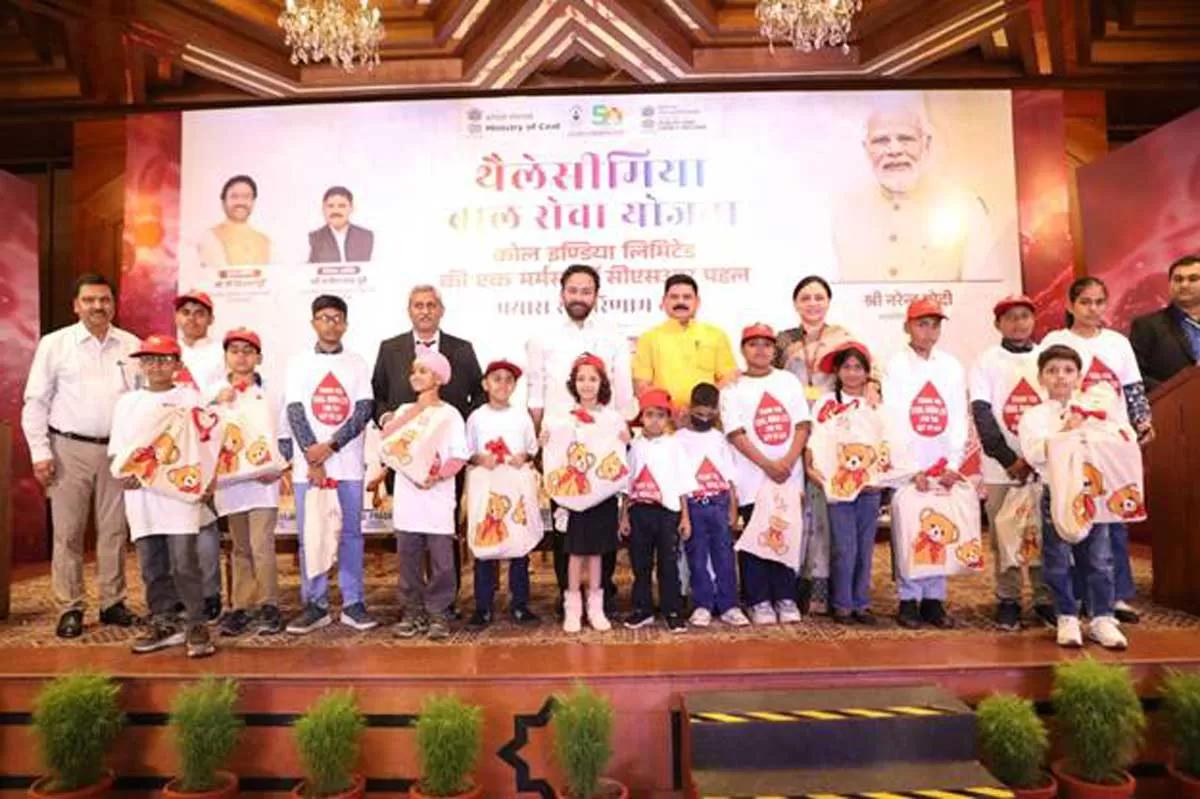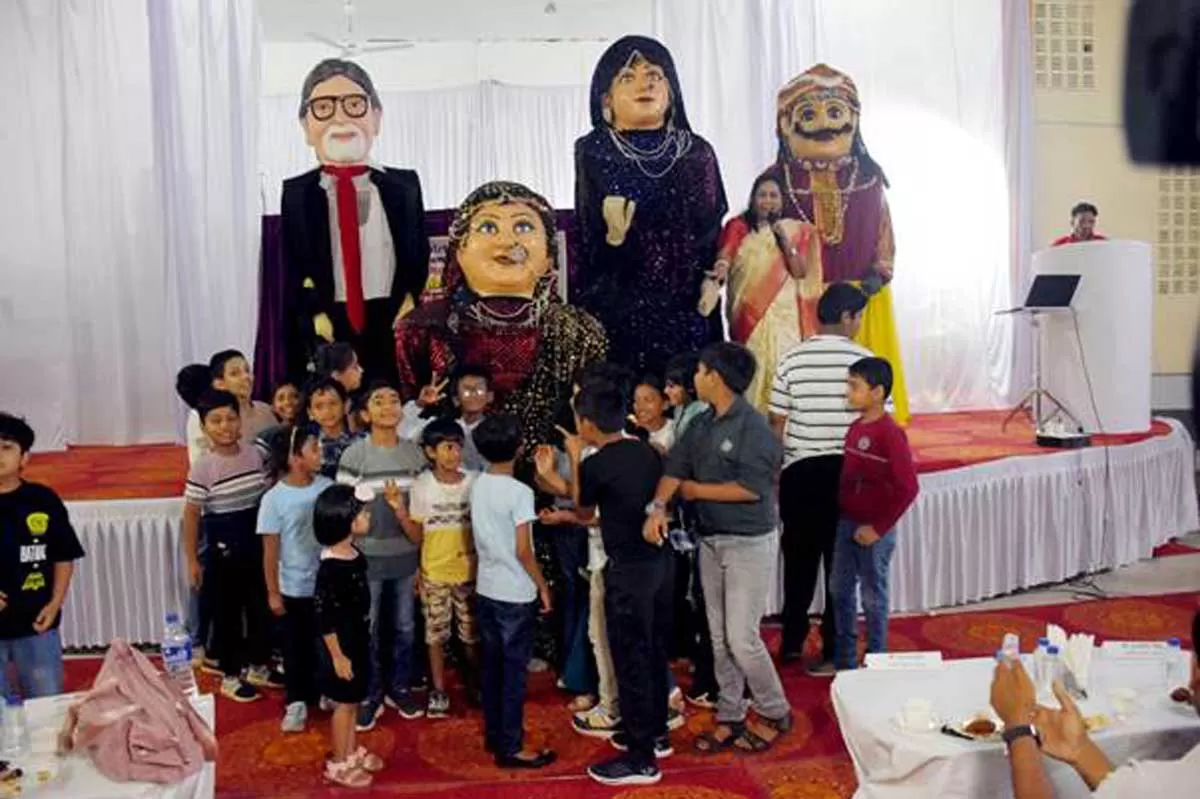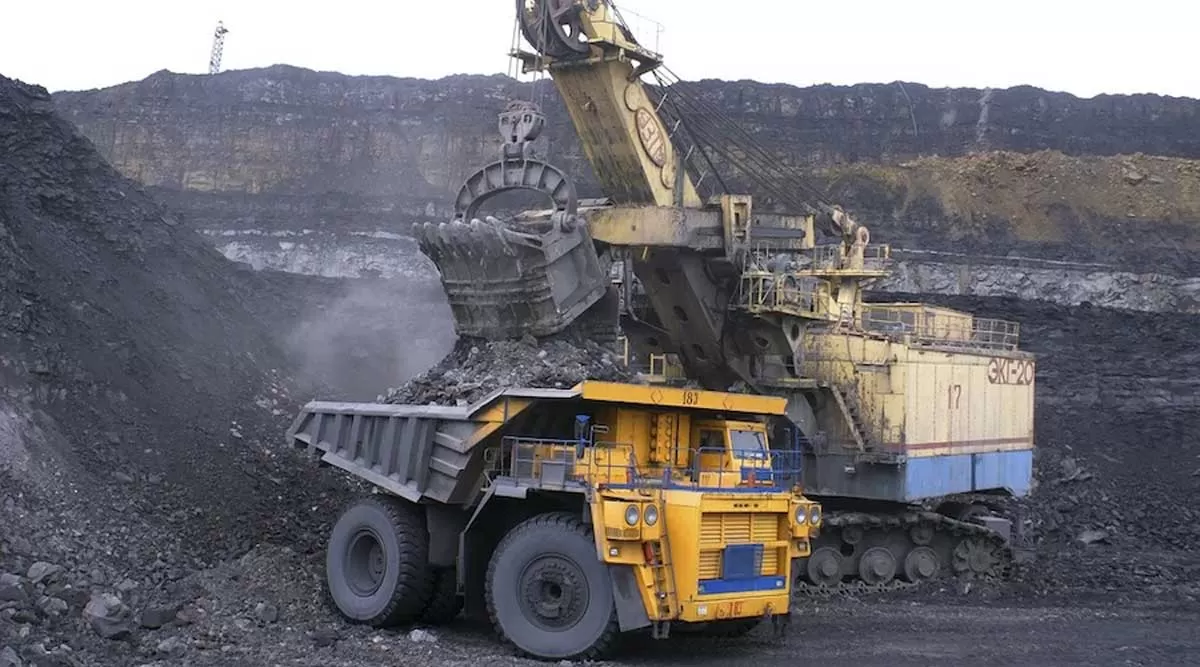CW’s webinar discussed the impact of COVID on the ports sector, technology disruption, investments, and more.
To gauge the impact of COVID on the ports sector in India, CW and Infrastructure Today conducted a webinar on ‘Smartening Port Development’.
The webinar began
with presenter
Pratap Padode, Editor-in-Chief, CW and IT, welcoming panellists Sanjay Bhatia, Chairman, Mumbai Port Trust; Avinash Chand Rai, COO, Adani Port & SEZ Mundhra;
Ashish Gupta, Managing Director, TM International Logistics
(Tata Steel Subsidiary); and
Sudhir Kanvinde, Executive Director, Indian Ports Association.
On an opening note, Padode highlighted some achievements of the Indian ports sector as well as shared an update on the Sagarmala programme of the government.
Impact of COVID – Logistics, cargo, port activities
Addressing the impact of the pandemic, Rai remarked, “We understood that the entire supply chain was being tested for business continuity. In the initial phase, we were struggling even to understand the basics – where to get masks and sanitisers in large quantities. The whole supply chain was being reinvented. We then started seeing the bureaucracy moving at a pace that has never been seen. Everybody in the trade, right from the port and CFS to logistics, ministry and bureaucracy, was collaborating. One thing
that COVID has taught us is that every work can be done remotely and in collaboration; that’s the
new normal.”
Added Gupta, “Every day is a new learning. And the biggest learning we had was to keep sea plants away. We did not face challenges in terms of goods or materials like coal or iron ore.
But over a period, there were challenges in the supply chain,
cost reduction drive and stock availability. We then realised the number of bottlenecks that exist, in terms of the number of permissions and approvals required. It was humungous to get approvals from the state governments. After COVID, there will be a huge difference in the way we look at inventories
and stockyards.”
Meanwhile, Bhatia shared,
“In the beginning, there was a huge issue on the transportation side.
We then got the passes and transporters are now working. If you look at the major ports, Kandla is facing a lot of problem in terms of migrant labour. Mumbai is different – we have our people staying at hostels for the past two months.
We are working with about
15-20 per cent staff. We are following norms set by the Ministry of Health. I am aware of what is happening in all the other ports. Kandla is affected because of migrant labour. For us in Mumbai, we have so much migrant labour that if 300 people go away, we are able to get another 300.” He added that although the migrant labour issue has not affected the cargo side so much, it has affected projects under construction. “The impact is more in places with more COVID cases and where migrant labour is moving. And so, construction projects are suffering.”
Impact on Sagarmala
Sagarmala projects will happen but they may get a bit delayed, perhaps by six to eight months, according to Bhatia. He then added, “The Ministry of Shipping is working on a new maritime vision plan – it has 14 clusters, taking Sagarmala even further. One of these cluster groups is cruise, for which I have been asked to create a 5 or 10-year plan to prepare cruise ships as a safe haven from the Coronavirus, with social distancing inside.
Several other ideas are coming up in the cluster plan.”
New-age technology disruption
Digitisation in ports started much before COVID. As Kanvinde elaborated, “Several milestones have already been achieved,
PCS 1x is already live with video payment invoice. We have also initiated the Enterprise Business Solution (EBS) project, which is under implementation; this will bring standardisation. We are also upgrading infrastructure across all ports. We are using Blockchain
and Ethereum technology and evaluating hyper ledger for sustainable and connected seamless movement of data between all stakeholders with no physical paper handling, only smart contacts.
This real-time information will help reduce congestion. We have also proposed to move from digitised to automated to save time and money and protect the environment.
We are evaluating some more technologies such as differential GPS, a new technology with high-resolution cameras for container recognition and positioning in the yard. We are working on Internet of Things (IoT) and have implemented X-ray scanners. Further, we are looking at how we can include artificial intelligence (AI) in image analysis.”
With regard to the cluster groups the Ministry of Shipping is working on, Bhatia added that as the first step, the ministry is trying to establish a national maritime portal to bring everything under one platform. “We have already developed PCS 1 class and are trying to get everybody on board. We are now taking it forward through some software developments. Besides, the ports are also working on the ERP system, through which everything will
be electronic.”
Transhipment opportunity
in India
Speaking on the topic, Rai said, “A lot of focus and efforts have been done in the past couple of years in this area. Relaxation of cabotage itself was a primary driver.
However, more needs to be done from the point of view of various other systems. Transhipment is a business; it allows trade flows.
As long as policies are enabled, transhipment will flow into the country. This is an area where everyone needs to put their minds together to ensure business comes into India. Also, hubs and entry for port cargo movement could be set up to reduce the cost.”
However, Gupta added that
there are a lot of other physical bottlenecks that exist “because we are typically operating from one place and moving containers.
So a lot needs to be done, especially in Eastern India,
where steel companies are mostly not very large.”
In Bhatia’s view, once everything is electronic, ease of business will be facilitated, especially for trade. He added that one major effect of the national logistics portal will be that some intermediate agents
may disappear. “One of the cluster groups is also working on the transhipment side,” he shared.
He went on to say that in terms of the private sector, the initiatives taken by the Adani Group have been phenomenal.
Investments
Speaking of private-sector investments in ports, said Rai,
“We see COVID bringing in a change in thinking. It is not about a private or a non-major port – as a country, we need to become more capital efficient. That’s one trend
I see accelerating across India. Today, we are still not tuned to round-the-clock working; if this happens, we will release close to 20-25 per cent of additional capacity with a zero capex.
Imagine customs, shipping lines,
the transport industry, all operating 24 x 7; you have generated jobs, reduced costs and brought in a huge amount of capital that becomes available for the industry in other priority areas. So it is about collaborating and spending less money, and this will reduce logistics costs. I am confident that COVID will accelerate the collaboration.” He thinks that those with a business based on information hoarding
will have to find a new model.
“In this crisis, we rolled out a whole Terminal Operations Support System (TOSS) upgrade for the terminal remotely, something unimaginable earlier and probably the first in the world. We did integration into
PCS in seven days flat, which we have been probably working on for weeks and months.”
Here, Bhatia added that ERP systems are also being worked on from home. Further, he added,
“We are coming up with the digital bill of lading, so this document – which is like a rupee note – gets transferred from one category to another. We have written to the
RBI and the Ministry of Commerce so that the contract part goes away completely.” On investments, he said, “We are working on a
new land policy. The mandate given to me by the minister is that every inch of land on the port should
have an industry. In fact, we have already prepared the document
and it is being submitted to
the ministry.”
Evidently, the ports sector appears to be going full steam ahead to get back to more than 80-90 per cent capacities.
As Padode thanked the panellists, he ended the session saying,
“We all need to look at multiple solutions. There are thousands of solutions once we get down to innovation as we have realised through this webinar.”
To share your views, write in at feedback@ConstructionWorld.in

















